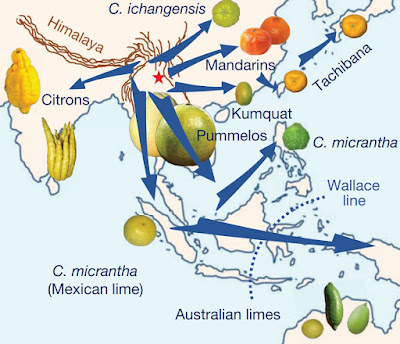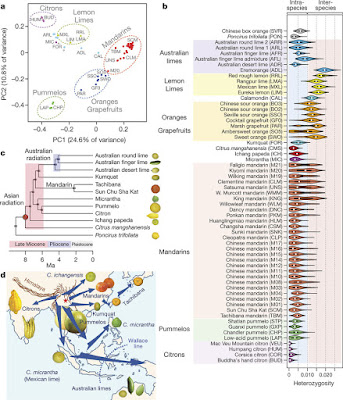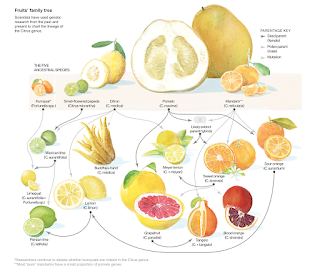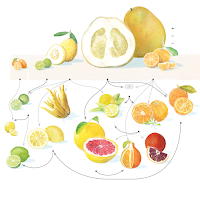 |
Canis dingo Meyer, 1793 An example of a typical dingo phenotype. Photograph depicts a male from K’gari-Fraser Island (Queensland) by John Williams. in Smith, Cairns, Adams, et al., 2019. |
Abstract
The taxonomic status and systematic nomenclature of the Australian dingo remain contentious, resulting in decades of inconsistent applications in the scientific literature and in policy. Prompted by a recent publication calling for dingoes to be considered taxonomically as domestic dogs (Jackson et al. 2017, Zootaxa 4317, 201-224), we review the issues of the taxonomy applied to canids, and summarise the main differences between dingoes and other canids. We conclude that (1) the Australian dingo is a geographically isolated (allopatric) species from all other Canis, and is genetically, phenotypically, ecologically, and behaviourally distinct; and (2) the dingo appears largely devoid of many of the signs of domestication, including surviving largely as a wild animal in Australia for millennia. The case of defining dingo taxonomy provides a quintessential example of the disagreements between species concepts (e.g., biological, phylogenetic, ecological, morphological). Applying the biological species concept sensu stricto to the dingo as suggested by Jackson et al. (2017) and consistently across the Canidae would lead to an aggregation of all Canis populations, implying for example that dogs and wolves are the same species. Such an aggregation would have substantial implications for taxonomic clarity, biological research, and wildlife conservation. Any changes to the current nomen of the dingo (currently Canis dingo Meyer, 1793), must therefore offer a strong, evidence-based argument in favour of it being recognised as a subspecies of Canis lupus Linnaeus, 1758, or as Canis familiaris Linnaeus, 1758, and a successful application to the International Commission for Zoological Nomenclature - neither of which can be adequately supported. Although there are many species concepts, the sum of the evidence presented in this paper affirms the classification of the dingo as a distinct taxon, namely Canis dingo.
Keywords: Mammalia, dingo, dog, canid, Canidae, domestication, hybridisation, nomenclature, species concept, taxonomy
 |
| FIGURE 1. An example of a typical dingo phenotype. Photograph depicts a male from K’gari-Fraser Island (Queensland) by John Williams. |
Bradley P. Smith, Kylie M. Cairns, Justin W. Adams, Thomas M. Newsome, Melanie Fillios, Eloïse C. Déaux, William C. H. Parr, Mike Letnic, Lily M. V. Eeden, Robert M. Appleby, Corey J. A. Bradshaw, Peter Savolainen, Euan G. Ritchie, Dale G. Nimmo, Clare Archer-Lean, Aaron C. Greenville, Christopher R. Dickman, Lyn Watson, Katherine E. Moseby, Tim S. Doherty, Arian D. Wallach, Damian S. Morrant and Mathew S. Crowther. 2019. Taxonomic Status of the Australian Dingo: the Case for Canis dingo Meyer, 1793. Zootaxa. 4564(1); 173–197. DOI: 10.11646/zootaxa.4564.1.6
---------------------------------------------------------------
روابط التحميل والمشاهدة، الروابط المباشرة للتحميل
او
شاهد هذا الفيديو القصير لطريقة التحميل البسيطة
كيف تحصل على مدونة جاهزة بآلاف المواضيع والمشاركات من هنا
شاهد قناة منتدى مدونات بلوجر جاهزة بألاف المواضيع والمشاركات على اليوتيوب لمزيد من الشرح من هنا
رابط مدونة منتدى مدونات بلوجر جاهزة بآلاف المواضيع والمشاركات في أي وقت حــــتى لو تم حذفها من هنا
شاهد صفحة منتدى مدونات بلوجر جاهزة بألاف المواضيع والمشاركات على الفيس بوك لمزيد من الشرح من هنا
شاهد صفحة منتدى مدونات بلوجر جاهزة بألاف المواضيع والمشاركات على الفيس بوك لمزيد من الشرح من هنا
تعرف على ترتيب مواضيع منتدى مدونات بلوجر جاهزة بآلاف المواضيع والمشاركات (حتى لا تختلط عليك الامور) من هنا
ملاحظة هامة: كل عمليات تنزيل، رفع، وتعديل المواضيع الجاهزة تتم بطريقة آلية، ونعتذر عن اي موضوع مخالف او مخل بالحياء مرفوع بالمدونات الجاهزة بآلاف المواضيع والمشاركات، ولكم ان تقوموا بحذف هذه المواضيع والمشاركات والطريقة بسيطة وسهلة. ــــــــــــــــــــــــــــــــــــــــــــــــــــــــــــــــــــــــــــــسلامـ.













